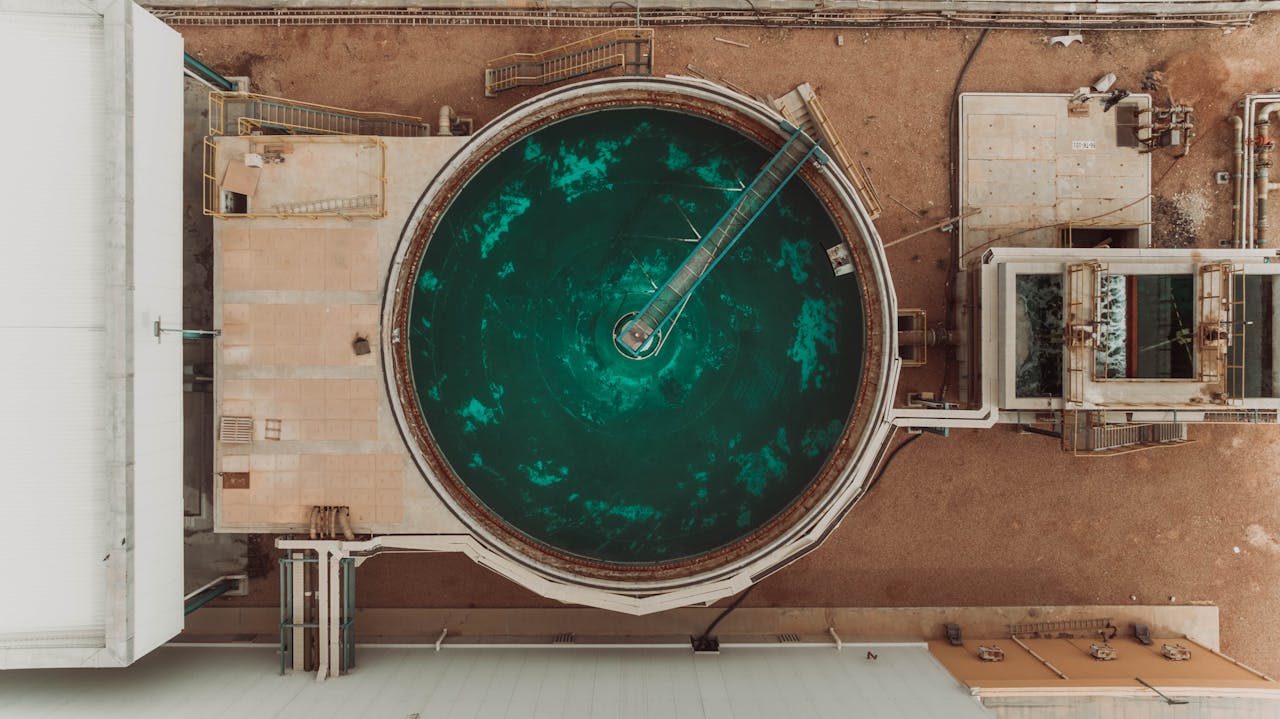The freshwater available to us is limited, so great efforts are being made in every country to purify seawater and make it fresh. This is a natural phenomenon; the sun evaporates seawater with heat and provides it to the world as fresh water.
We can also distil water and obtain fresh water through it.
This method is used in most seawater purification plants in the world. Although
there are such methods, it could be more economical because a lot of heat energy
is required to evaporate water.
In today's situation of fuel shortage, this method is
becoming more difficult, so it is necessary to do this work using solar energy,
which is being wasted. The multi-stage distillation method is promising in the
process of making seawater fresh. Water has to be boiled evaporated and
then cooled.
In this method, evaporation takes place slowly. Since
evaporation takes place slowly here, it takes a long time to obtain fresh
water. They realized that a liquid boils at a temperature much lower than its
normal boiling point at a pressure below atmospheric pressure, that is, it
evaporates, and they realized that they could reduce the heat energy.
Hot seawater is pumped into a low-pressure vessel. There, the
water evaporates rapidly. The saltwater, which has a lower temperature and
higher density, remains in the vessel. This waste is taken to the next vessel
with an even lower pressure and from there; more steam is obtained by
evaporation. The steam thus obtained can be cooled and fresh water can be
obtained. This method is very useful because it is simple and fuel-efficient.
New approaches
Many difficulties arise in producing pure water from seawater
by distillation. Seawater is a dense solution in which various salts are
dissolved. This causes corrosion of the vessels used, so it is necessary to
implement some other advantageous alternatives.
Seawater can be cooled and frozen and obtained as ice. Since
only water freezes as ice, the salts are extracted automatically. This method
has some advantages. The container is not exposed to excessive heat, and very
little energy is required because the heat required to freeze the same amount
of water is ten times less than the heat required to evaporate the same amount
of water.
Some non-thermal methods for purifying seawater are also
effective in today's times. One of these is reverse osmosis. In this method,
salt water is rapidly pumped through a salt-repellent membrane such as
cellulose acetate at high pressure. The dissolved salts remain on one side,
leaving fresh water on the other.
Another method, called electrodialysis, is very good among the methods for purifying seawater. In this method, only the salt ions diffuse through the membrane. This method is the opposite of reverse osmosis and uses electricity instead of pressure in this method. A large plant for purifying seawater by the non-thermal method has been established in the state of Florida in the United States. This method is popular today because the cost of this method is half that of the distillation method.
The waste products generated when seawater is purified and
turned into fresh water contain many useful salts and rare metals, which can be
extracted and used by appropriate chemical methods. Extracting heavy water from
seawater and extracting the metal uranium are considered important today.
Read more: Hydrogen fuel is going to determine the future of transportation.



